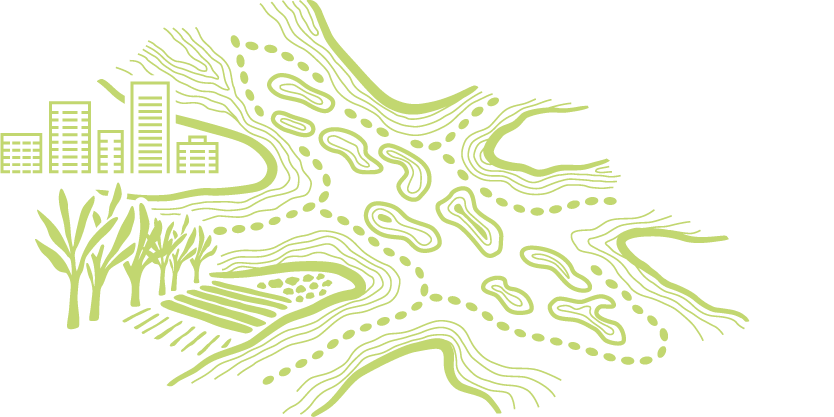Commercial marine tourism continues to make significant contributions to the social and economic values of the Reef (Section 5.2). The COVID-19 pandemic led to significant declines in tourism visits in 2020 due to border closures. Visitation has slowly returned since but has not yet reached pre-pandemic levels. The Reef Authority’s high standard tourism program remains in place, although uptake has slowed. Training for Reef tourism guides has increased, and tourism products have diversified since 2019, including edu-tourism and underwater artwork.
Defence activities, specifically training, are expected to increase in frequency and intensity (Section 5.3). While local impacts from modern defence training activities occur in the Region, balancing defence activities with conservation in sensitive habitats remains a high priority. As cumulative stressors increase, the risk of not achieving an appropriate balance will increase.
Fishing occurs throughout the Region. The extraction of biomass, interaction of animals with fishing equipment, and discarded catch are ongoing pressures from fishing. Illegal fishing and extraction remain a concern. Management of fisheries has undergone significant reform, with harvest strategies now in place for key fisheries. Protection of key fisheries within no-take areas is highly successful.1948 Understanding of fishing impacts has improved since 2019 through stock assessments, risk assessments and stock status assessments. Some stocks remain depleted, outcomes from implemented reforms are yet to be fully realised and some knowledge gaps remain.
Recreational use (not including fishing) is one of the major direct uses of the Region. It encompasses short trips to the beach through to longer journeys to the Reef (Section 5.5). The number of recreational vessel registrations between 2018 and 2022 was the highest recorded and has increased in proportion to population growth. Use is increasing of smaller watercraft (for example jet skis) in inshore areas, and of larger vessels that access mid- and outer-shelf reefs. The impact of COVID-19 lockdowns and border restrictions on recreational access and use varied throughout the pandemic.
Research and educational activities occur in many parts of the Region, often around research stations. Understanding of cumulative effects of the impacts associated with research and educational activities remains limited (Section 5.6). Since 2019, research on climate change, resilience and adaptation of the ecosystem, intervention technologies and social–ecological values of the Region have continued to grow.
Ports provide significant economic and social benefit to the Queensland and national economies (Section 5.7). The decrease in throughput since 2019, reflects impacts from border closures and changes to market and freight and supply chains during the COVID-19 pandemic. Since 2019, there have been 3 capital dredging campaigns as part of expansion projects at the ports of Cairns, Townsville and Gladstone. All capital dredge material was disposed of on land. Approximately 30 hectares of new land was reclaimed at the port of Townsville. The average annual volume of maintenance dredging disposed of at sea decreased overall. Accessibility of information in relation to port activities has improved since 2019, though some gaps remain.
Shipping traffic through the Region was affected by the management of the COVID-19 pandemic, with a temporary decrease in cargo shipping and significant decreases in cruise ship arrivals (Section 5.8). Knowledge and management gaps remain around the impacts of ship anchoring, resuspension of sediments from ship propellers and light pollution from ships at anchor.
Traditional use of marine resources is a key part of the Reef’s Indigenous culture and the ongoing connection of Traditional Owners to their Land and Sea Country (Section 5.9). Engagement of First Nations peoples in Sea Country management continues to increase. Since 2019, one new Traditional Use of Marine Resource Agreement has been accredited, bringing the cumulative area covered by these agreements to more than 43 per cent of the Region’s coastline. Information on trends in traditional use remain limited despite an improvement since 2019 through deeper engagement of Traditional Owners in management and through Sea Country values mapping.


